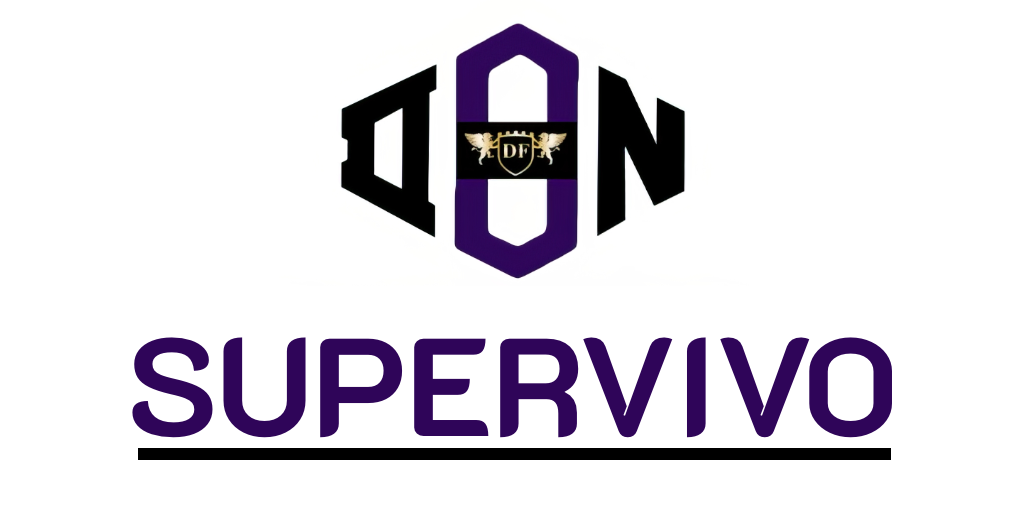The advent of GPT-4 and ChatGPT marks a pivotal moment in the realm of language technology. Developed by OpenAI, these innovative models herald a new era in conversational AI, reshaping how we engage in digital interaction. With GPT-4’s remarkable processing capabilities and ChatGPT’s proficiency in understanding nuanced queries, they represent significant advancements in artificial intelligence that enhance both efficiency and intuitiveness in communication.
As we delve into the transformative potential of these models, it becomes evident that they are not merely tools, but catalysts for redefining our conversational landscapes. In this exploration, we will uncover how GPT-4 and ChatGPT are set to revolutionise the way individuals and organisations alike approach interactions, setting a precedent for future developments in artificial intelligence.
The Rise of GPT-4 and Its Impact on Language Technology
The advent of GPT-4 marks a significant milestone in the growth of artificial intelligence, particularly in the realm of language technology. Developed by OpenAI, this advanced model has transformed how we engage with language, setting new paradigms within the field of AI.
Several key factors have contributed to the emergence of GPT-4. Notably, improvements in data training and advancements in model architecture have enabled this language model to achieve unprecedented levels of performance. The model’s ability to understand context, generate coherent text, and facilitate meaningful interaction reflects the pinnacle of innovation in AI.
GPT-4’s impact on language technology is profoundly evident. From enhancing user experience to enabling complex question answering, its capabilities have established new benchmarks across various applications. This model not only showcases the potential of language models but also underscores OpenAI’s commitment to pushing the boundaries of artificial intelligence.

Understanding ChatGPT: A Transformative Tool for Communication
ChatGPT stands as a pioneering achievement in the realm of conversational AI, reshaping how people engage with technology. This remarkable tool is engineered to utilise advanced language processing techniques, enabling it to produce responses that mirror human conversation. Such capabilities significantly enhance user interaction across various platforms, ranging from customer service interfaces to personal assistance applications.
One of the most compelling features of ChatGPT is its ability to simplify complex dialogues. Unlike traditional chatbots that often struggle to maintain context, ChatGPT employs intricate algorithms to understand the subtleties of conversation. This transformation fosters engaging conversations that feel natural and fluid, thereby elevating the overall user experience.
As businesses and individuals embrace the advantages of ChatGPT, they unlock new potentials for enriching communication. Applications extend beyond just responding to queries; ChatGPT can help draft emails, generate creative content, and even assist in language learning, showcasing its versatility in facilitating meaningful interactions.
Ultimately, the integration of ChatGPT in various communication channels marks a significant leap forward in conversational AI. By continually improving user interaction and language processing, this tool not only enhances efficiency but also fosters a deeper connection between users and technology.
GPT-4 and ChatGPT: A Revolution in Language Technology
The emergence of GPT-4 and ChatGPT signifies a pivotal moment in the domain of language technology. Their ability to revolutionise communication reshapes how individuals and organisations engage in digital interactions. These advancements streamline processes, allowing users to focus on creativity rather than hurdles posed by traditional language barriers.
GPT-4 brings forth sophisticated language models that enhance the capabilities of ChatGPT. Together, they foster a collaborative environment for users, providing real-time assistance that elevates the overall experience. This integration of AI technology in daily communications serves as a testament to how intelligent systems can significantly enrich our interactions.
As these technologies continue to evolve, they reveal an exciting pathway for engaging with content in both personal and professional spheres. The ease and efficiency offered by GPT-4 and ChatGPT will empower users to craft well-articulated messages, ensuring clarity and effectiveness in communication.
The Role of Artificial Intelligence in Modern Chatbots
Artificial intelligence serves as a cornerstone in the evolution of modern chatbot technology. Incorporating sophisticated algorithms, AI enables chatbots to interact with users in a manner that feels more human and intuitive. This transition is driven by advancements in deep learning and conversational AI, which work together to create an enriched user experience.
Enhancing User Experience with Conversational AI
Conversational AI represents a significant leap forward in how chatbots engage with users. This technology analyses past interactions and adapts its responses based on user behaviour and preferences. As a result, users enjoy a more personalised experience, where the chatbot can anticipate needs and offer relevant suggestions. The ability of AI to process natural language with impressive accuracy ensures smooth, fluid conversations that users find both enjoyable and productive.
Deep Learning and Its Contribution to Language Processing
Deep learning plays a crucial role in advancing language processing capabilities within chatbot technology. By employing neural networks, chatbots can learn from vast datasets, improving their understanding of context and intent. This learning method not only refines their ability to generate accurate responses but also enhances the chatbot’s overall capability to engage in meaningful dialogues. The synergy between deep learning and conversational AI empowers chatbots to evolve continually, adapting to the changing dynamics of user interactions.
Applications of GPT-4 in Digital Creativity and Innovation
The emergence of GPT-4 has significantly transformed the landscape of digital creativity. Its applications are broad and dynamic, particularly in enhancing communication and enabling innovation. This language model fosters seamless interactions and fuels creativity across various sectors, paving the way for a future rich in possibilities.
Leveraging Automatic Translation for Global Communication
Automatic translation powered by GPT-4 breaks down language barriers, allowing for smooth and effective global communication. This capability is essential for businesses and individuals striving to connect across cultures. By utilising advanced algorithms, content can be translated swiftly and accurately, making information accessible to a wider audience. Key benefits include:
- Enhanced accessibility: Reaching diverse demographic groups irrespective of language.
- Improved engagement: Establishing a more inclusive dialogue with audiences globally.
- Streamlined workflows: Facilitating quicker project delivery through efficient communication.
Creating Engaging Content with Language Models
The potential of GPT-4 in content creation is truly inspiring. Marketers, writers, and creatives can harness this innovation to produce engaging material that resonates with target audiences. The versatility of GPT-4 enables users to generate compelling narratives, informative articles, and interactive content. Its applications span a multitude of formats, such as:
- Blog posts that attract and inform readers.
- Social media content that promotes engagement.
- Scripts for podcasts and videos that captivate listeners.
Considerations for Data Security in AI Interactions
As the utilisation of AI technologies like ChatGPT expands, the importance of data security in AI interactions cannot be overstated. The handling of sensitive information raises substantial concerns regarding user privacy. Every interaction with a chatbot has the potential to expose personal data, making it vital for developers to implement robust measures that safeguard this information against breaches and misuse. By prioritising chatbot security, we can foster confidence among users, ensuring that their information remains confidential and protected.
The ethical implications of using AI also demand careful consideration. As organisations increasingly rely on AI tools, the responsibility to address these challenges falls on both developers and users. Ethical AI practices should include transparency about how data is collected, processed, and stored, alongside clear protocols for reporting security incidents. By embracing these practices, stakeholders can work together to cultivate a secure environment that promotes trust and ensures that AI innovations do not come at the cost of individual rights.
Moreover, strategies for enhancing data security in AI interactions must encompass continuous evaluation and improvement. This includes employing state-of-the-art encryption methods, regularly updating software to patch vulnerabilities, and educating users on best practices for maintaining their own privacy. As the landscape of AI technology evolves rapidly, a proactive approach to cybersecurity will ensure that the potential benefits of artificial intelligence can be harnessed without compromising user safety.









